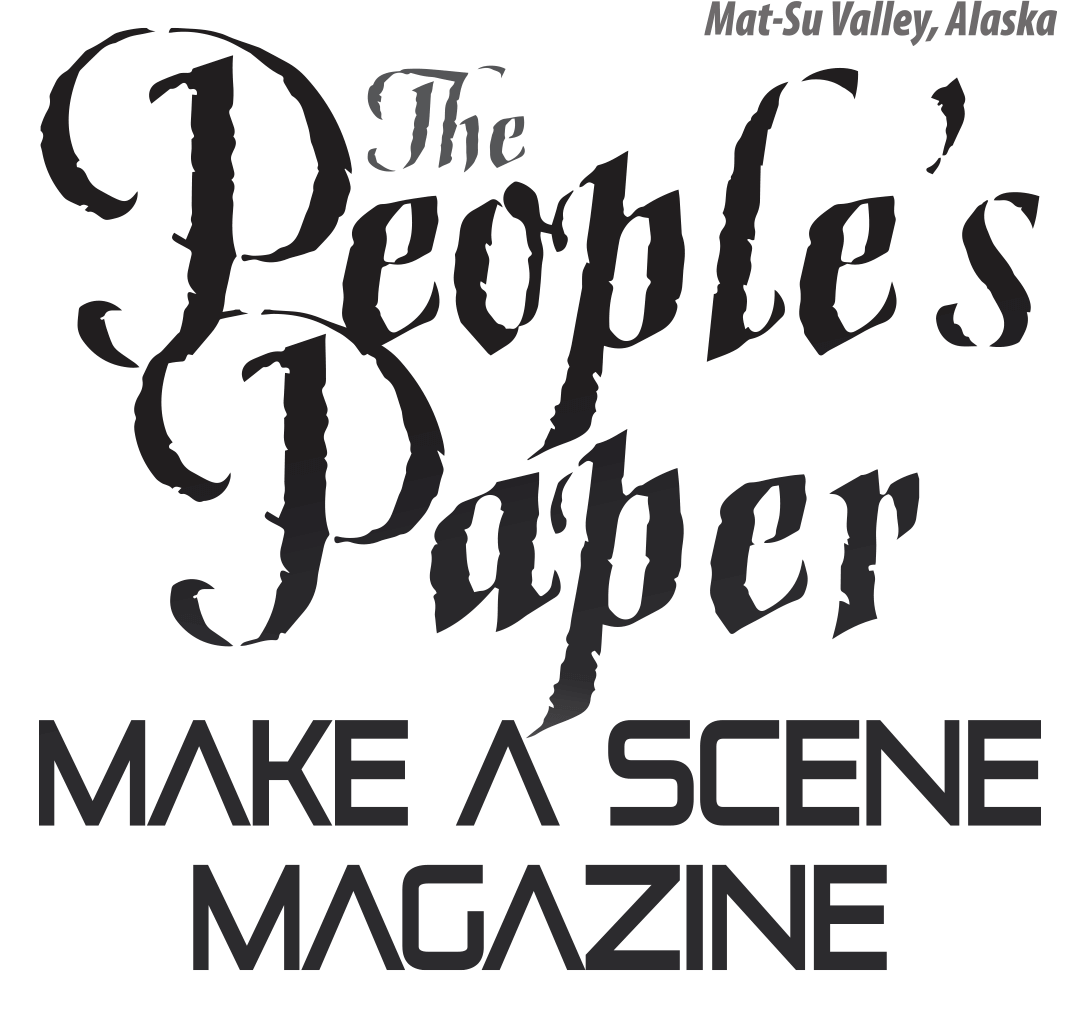Contributed by Robert Shields
In his cabinet address on July 14, Governor Dunleavy articulated that we live in a new world, and it’s a world full of opportunity. The challenge with going to a new world is how much of the old way of thinking we take with us. The carbon economy of extraction, exploitation, and consumption got us where we are at but will not get us where we want to go. The future calls us to rise to the challenge of always working to become the next version of our best selves. Experience teaches that in new environments, strategies (policies) must be adaptive so let’s look at some of the ways Alaska can develop as a global leader of resilience; boldly leading the way forward in the fossil-free world.
A quick Google search for some key words yields recent, verifiable facts that Nature is a profitable business partner and we can all thrive in perpetuity by understanding these models and applying them to new economic opportunities that lower the cost of living and improve the quality of life.
Culture- The language and traditions of the People are the threads of our social fabric. It’s the continuity through time that grounds us with principles, values, and prepares us for an uncertain future. Geo tourism (Ecotourism) is expected to surpass $300 Billion by 2027. This industry utilizes the shared experience of culture and a deep connection with the Earth to provide value added adventures.
Energy-Beyond the carbon economy we find peace and generational profits making the rapid transition to a hydrogen economy. Water is the ultimate system of life and beyond simple heat and electricity, transportation and manufacturing demands provide the leverage to call for an upgrade to our urban and rural power grids that unlock a plethora of economic opportunities around applied imagination, also known as innovation. According to the Hydrogen Council, by 2050, the industry could meet up to 18% global energy demand, create 30 million jobs, and be worth an estimated $2.5 Trillion.
Food- Alaska imports 95% of our food and the economic impacts influence the most precious members of our community. Hyper local production in the obvious solution, but its easier said than done. Moving past the cost of energy, there are still huge opportunities for workforce development, that at scale could provide each and every community in the state the ability to produce between 50-80% of their dietary needs, while educating a global workforce in vertical farming which is expected to reach $1.5 Billion by 2030.
Waste- By 2027 its forecast that the global recycling services market will exceed $80 Billion. Mining our landfills for precious minerals is a natural extension of the active mining industry in Alaska and if every village had a blacksmith no village would have a dump. Treasuring our trash is the next step in the process of self-reliance where the ability to make the things you need from the junk you have at hand becomes the skill that helps people find their purpose.
Transportation- To quote Doc Brown from Back to the Future. “Where we are going, we don’t need roads”. One of the greatest blessings Alaska has is the lack of roads, which are incredibly destructive to wildlife and intrusive to intentional communities reveling in the slow life. Flying cars are a reality, expected to be a $320 Billion industry by 2030 and given arctic conditions it’s seems fitting that with affordable energy and readily available feedstock that we can build our own. Combined with the latest in airship technology for cargo and an international ET3 line we can hold on to the wild lands of Alaska while boldly leaping into the 22nd Century.
Housing- Carbon fiber is to lumber as coal is to firewood. At ~$90/ton we can burn it but at ~$220k/ton its far more profitable to build with it. In everything from medical devices to the space shuttle, carbon fibers are the ultimate form of “carbon capture” and sequestration as ANY source of carbon can be converted and the global market is expected to exceed $12 Billion by 2028. We can now 3D print multi-story mixed use buildings and through careful design build entirely new sustainable cities to house the millions of climate refugees that will be headed north in the coming years.
Education is the ultimate form of national security and public health. Providing other communities and states with these industries do not diminish our own. In fact, the more each state, each region is able sustain itself independently the more secure all the people are. Even though I am running for mayor in the Fairbanks North Star Borough, I am looking at the issues around the state that could impact us locally. I am simply being proactive in the approach that all ships rise with the tide. As we develop our plans locally for the next 5 years, I am working to get these types of innovations written into it so 140 years from now Alaska will still be a good place to raise a family.



























